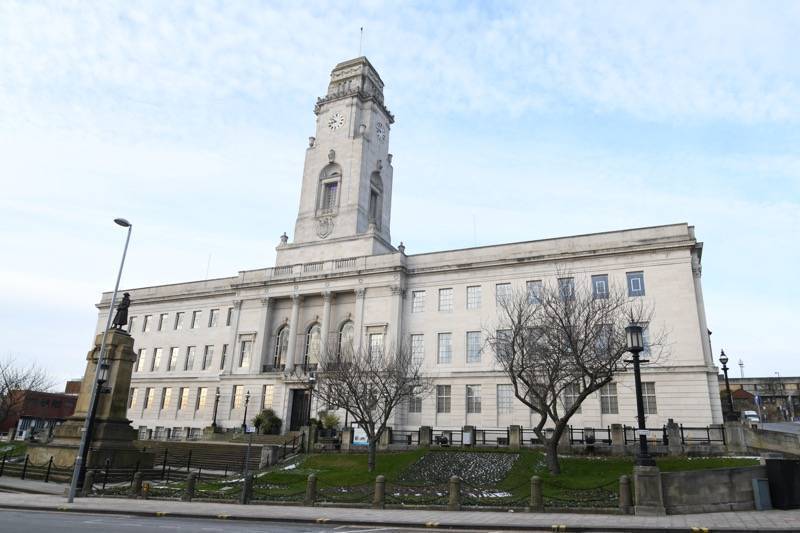BARNSLEY Council spent almost £1m in redundancy fees as it laid off 29 people last year.
Despite the high figure, it’s one of the lowest redundancy packages in the last few years – particularly due to the coronavirus pandemic.
The local authority paid a total of £997,244 in exit packages last year as 29 people were laid off at an average of £34,388 per person.
It was down from the previous year’s figure of £1.5m and well below the £2.4m they paid out before the pandemic.
The council also spent 82 per cent less on the packages than in 2014/15 when it let go of 322 employees at a total cost of £5.6m – despite exit payments being typically higher.
The Local Government Association said councils across the country – including Barnsley – have been forced to reduce their workforces due to budget cuts, despite ‘dramatic’ increases in the volume of services provided.
Across England, the total amount spent on redundancy payment reduced from £250m in 2020/21 to £210m last year.
Though more staff were laid off than the year before, 9,744 compared to 9,454.
Andrew Western, chairman of the Local Government Association’s resources board, said: “Without funding from the government to meet the pressure of an accelerating National Living Wage on top of soaring energy and other costs, more redundancies are likely, exacerbating the capacity crisis that is already acute in some areas and impacting the delivery of services to the public.”
The average exit payment across England fell to £22,000 last year – lower than Barnsley’s average.
Across the country, a total of 255 senior employees were laid off last year, accounting for a total payment of more than £20m at an average of £85,000 each.
The 9,490 other staff made redundant received an average of £20,000 each in comparison.
Local figures on payments to senior and other staff are not available to protect individuals’ identities.
Coun Alan Gardiner, cabinet spokesperson for core services, told the Chronicle: “In line with our Be Even Better strategy, ongoing transformation and efficiency savings as part of managing our budget, we regularly review our staffing structure to make sure we have the right level of staffing with the required skill set to deliver our services.
“We try to protect the delivery of essential frontline services while also making sure we are getting value for money for each of our services.
“As a local authority, we are under challenging financial pressures, but we try to limit the number of compulsory redundancies where possible.
“Our total redundancies have decreased year-on-year over the past four years.
“Whilst we cannot comment on individual cases, the figures include those exiting on voluntary redundancy.
“Redundancy entitlements are determined by staff salary and time of service, while pension costs are a key factor in exit payments for those aged 55 and over.
“We adhere to current legislation and our policies, working with the relevant trade unions in the case of redundancies.”

















